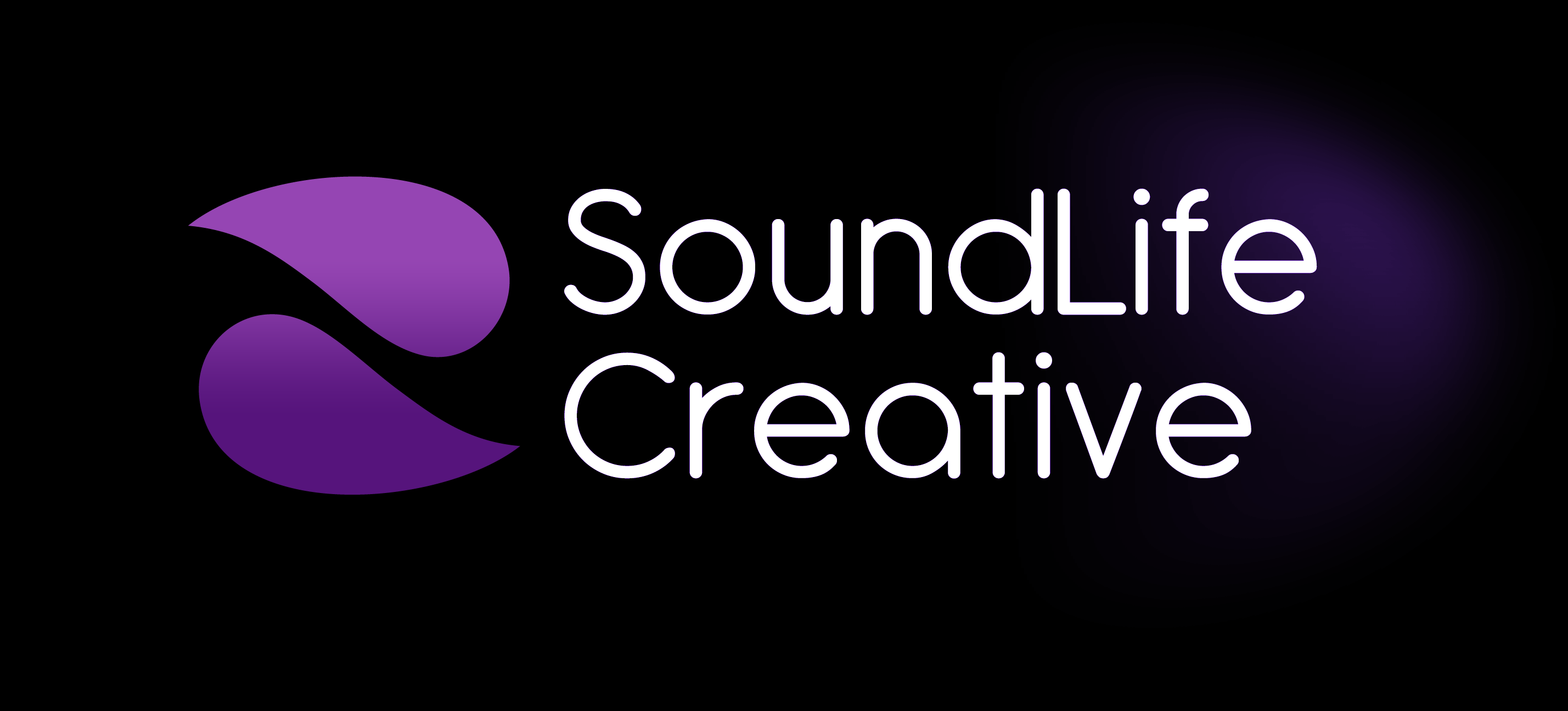Composing Music with Meaning: Fear

How to compose music to elicit different emotions in our listeners?
This is something that’s crucial for a screen composer to know and master.
This week, in theme with Halloween we’ll be looking at how to compose FEAR.
If you want to make this more real, listen to this while you read. You will feel totally freaked out by the end of it.
First we’re going to look at fear itself,
then we’ll explore what it does to us physically,
and finally we’ll look at how to emulate those physical attributes through composing music.
Are you that person who loves to watch scary movies in the dark or play creepy games that frighten the crap out of you like Slenderman?
Lets make this more real –
When you have to walk a short distance in the dark do you force yourself to think of something happy so you wont totally freak out? (Personally, I think of ice cream. Hey, It works.)

Fear can be as minor as a small spider in the bath or as intense as standing on the edge of a 100m cliff that’s beginning to crumble beneath you.
It might be something in your backyard or the experience of being hijacked while carrying out foreign aid work in the middle east.
You might be in total isolation from everyone you love or you might be being pressed in right amongst the middle of an escalating riot.
Whatever the fear is or the intensity of it is there is a type of music that can elicit that fear.
Think of Psycho – Those repeated screeching violin stabs.
Think of Jaws – Dah, Dum … Dah Dum… you know what I mean.
I was just listening to the theme from Alien by Jerry Goldsmith? Have you heard that. Have a listen now. It gave me gooesbumps.
Here’s a little piece I put together using some tips and hints I’ll give you further down the page.
Download the individual tracks of this multitrack here
Ok so now let us look at the physiology of fear.
What actually happens to us when we get scared? This will help us to know what to trigger when we compose music to scare the pants of people.

Bytesize Science talked with Abigail Marsh, professor of psychology at Georgetown University, to find out how the brain processes fear.
“We feel fear because we see or hear something that makes us anticipate harm. Say you’re walking through a haunted house this Halloween and a spooky skeleton jumps out at you. That skeleton acts as a stimulus that triggers a signal in your brain.
The signal travels to the amygdala — a region near the base of the brain. The amygdala fires a brain chemical called glutamate out into two other regions of the brain. The first region makes us freeze or involuntarily jump. These reactions are so automatic because the signal is sent deep into the base of the brain to an area that we have little control over.
The second signal is sent to the hypothalamus and triggers our autonomic nervous system — the system responsible for the fight or flight instinct — when our bodies go into superman mode. It elevates our heart rate and blood pressure and pumps adrenaline throughout our bodies. That’s the rush you feel when scared.”
Ginny, from “The Naked Scientists” explains the physical effects of fear.
“Your sympathetic nervous system becomes activated and this releases adrenaline into the bloodstream. Your pupils dilate, allowing more light into your eyes, your heart rate and your breathing increase, sweat is produced and digestion stops. Cortisol, which is known as the stress hormone, is also released and this increases glucose levels in your blood to provide extra energy, and all of these things that will prepare you to either run away from the source of the fear or to attack it, to fight back.”
We experience fear in three stages:
1. Freeze. This is the evolutionary response designed to keep us hidden from the potential predator we sense near us.
2. Run away. If we’ve already been spotted, the adrenaline coursing through our bodies helps us run away quickly.
3. Fight. If running away is no longer an option, that same adrenaline helps us fight off — or at least try to fight off — whatever threat we’re facing.
So how do we use this to elicit fear through music?
I wrote in my other article, “Composing is not what you think it is”, about how music connects our ears directly to our hearts and bypasses our brains altogether. What I mean is we don’t consciously think about how to feel when we hear a particular piece of music, we just feel it. Our subconscious neural and physical processes do the job for us. This gives us a lot of freedom when we compose to strike directly at the heart of our listeners.
We can either be corny and predictable with this by copying things like Phsyco’s violin stabs or add some tremolo strings, or something or we can be really clever here. We can focus on the actual causes of fear and emulate them in music to compose the most impacting music possible.
Lets look at what causes us to fear
Unexpected intense events such as a loud noise, someone jumping out in front of us, lights suddenly going out etc.
Anticipating pain, like seeing someone advancing with a knife or a gun.
Seeing something that does not belong like a clown in your lounge room at 1am
Slow building expectation of something bad about to happen like waiting for a bomb to go off
So lets look at the first one –
Unexpected intense events.
We can easily emulate this one.
Simply by creating unexpected, intense dynamic changes. Lull the listener into a false sense of security then hit them with in intense dynamic burst.

Start with fairly a steady pace and smooth dynamics so you have your listeners in a place or trust; They think they can predict the next notes. Slowly pull the volume back a little, then at an unexpected moment give them a massive hit using big drums like a Chinese Taiko or massive orchestral brass and strings. Then pull back to quiet again. The quietness on either side of the intense hits really accentuates the intensity.
Anticipating pain?
We’ll just look at one source of pain and that is one from a sharp implement like a knife. Reason being, this example can be used in music to emulate almost any form of pain or anxiety.
Quite clever really.
With your music, you want to create the feeling of sharpness, metallic, coldness and hardness. Some instruments are just naturals at this.
A bowed Waterphone is a great example of this. Just by using this instrument in your composition you’ll creep people right out straight away. It really does make you think of sharp metal things that are out to get you.

Be careful, though. This can be a bit cliché as many have already discovered how effective this instrument is.
A more traditional instrument is the violin.
Bowed without vibrato and using high, non melodic and microtonal pitches you can quite effectively bring across the feel of a sharp scary thing.
Seeing something that does not belong
Ok, so this can be anything really, but once again, we can use standard musical tricks to cover most bases.
One of the easiest and most commonly used methods is the use of musical dissonance.
This is where you play 2 or more notes that don’t naturally fit together in a chord or scale, usually close together. Eg: C and B played together and maybe even add a C#. Three notes a semitone apart played together are not at all nice to listen to. They don’t really belong together and so create a sense of displacement and discomfort.
Try using different and instruments to play each separate dissonant note.
Eg: Cello holding C, Trumpet playing C# and a flute on B.
Slow building expectation of something bad about to happen
IMPENDING DOOM!
This is the most effective and by far the hardest to emulate musically. For this to be effective you need to be able to build using dynamics, texture and complexity. You can use just one or two of these but with inferior results.
A great example of this is the theme for “Alien” by Jerry Goldsmith that I’ve just been listening to and mentioned earlier, particularly at 1:17 where he builds using the whole orchestra then adds a few Hits to accentuate the climax.
Another great example of this is “Butterflies” by Akira Yamaoka
from “Silent Hill”.
There are many other little tricks to try like emulating a racing heartbeat, using hints of popular scary themes as a memory hook, making little scuttling sounds to emulate insects crawling up your back and so on. I’ve only just touched the surface here.
What you’ll find, though, is that once you start, you’ll have a whole bunch of ideas come to you. Just try and take it one effect at a time and be patient with your composing. You’ll be doing yourself and your listeners a big favour.
Always remember that your aim for composing is to improve the lives of others around you. In this case, a little bit of adrenalin pumping through the veins can do them a world of good.
Enjoy freaking people out.


